What does the data analysis tell us is the best XI to launch Australia’s T20 World Cup bid?
With little or no cricket expected between now and the T20 World Cup - if it goes ahead - CricViz’s data analysts crunch the most recent data to pick the best team to compete for the one title Australia’s men have yet to win.
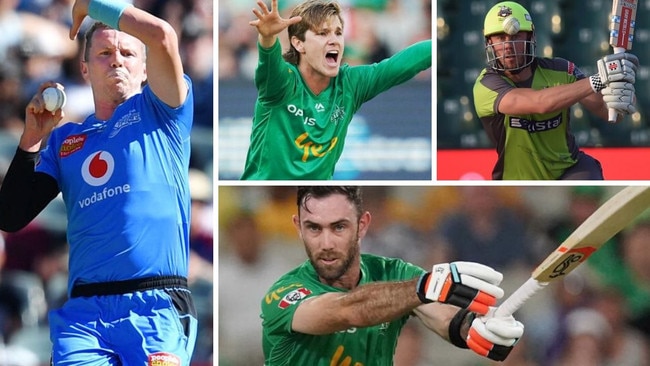
Cricket
Don't miss out on the headlines from Cricket. Followed categories will be added to My News.
- Waugh, Ambrose and the birth of an Aussie dynasty
- No fans, no play: legend’s big T20 World Cup call
- Kohli centre of attention, even if no one’s watching
How do you pick a World Cup squad when form is not just fleeting, but entirely absent?
With the IPL now officially suspended indefinitely, and a timeline for any form of cricket’s return still anyone’s guess, opportunities for players to prove themselves for the spring’s T20 World Cup - assuming it goes ahead - are slim to non-existent.
So to look forward we asked the stats gurus at CricViz to look back, over the recent records of Australian hopefuls for the squad to help Justin Langer fill in the gaps.
Watch Fox Cricket Classics on Kayo including the ‘97/98 Aus v RSA 2nd ODI & the 2015/16 Aus v India 3rd T20. New to Kayo? Get your free trial now & start streaming
CricViz employ their own ‘Match Impact’ system tool for evaluating performances beyond the usual strike-rates and averages.
Drilling down to ball-by-ball analysis, they assess players’ contributions across all disciplines, using models taking into account venues, conditions, match situations (top order wickets are valued higher than lower order ones; high middle order run rates weighted over death over slogging etc and so on).
Even catches and run outs are measured for their difficulty and importance in a specific match.

The following results (scroll down for the first XIs they produce) will make for interesting reading for Langer and the other selectors. Who, lets face it, have the time on their hands.
The Locks
Finch, Warner, Maxwell, Cummins and Starc
There are always some players for whom the numbers are so in favour of, that justifying a data-driven team without them is essentially impossible.
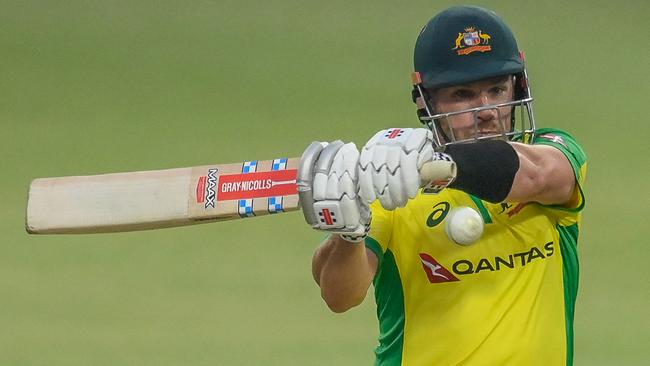
In the case of Australia’s T20 team, there are five players for whom their numbers are so good that they demand selection: captain Aaron Finch, David Warner and Glenn Maxwell – all of whom are among the world’s top ten T20 batsmen –-and Mitchell Starc and Pat Cummins – both of whom are also among the world’s best T20 bowlers.
The Virtual Lock
Zampa
Adam Zampa is a sixth player for whom numbers, circumstance and role align to make him a virtual lock.
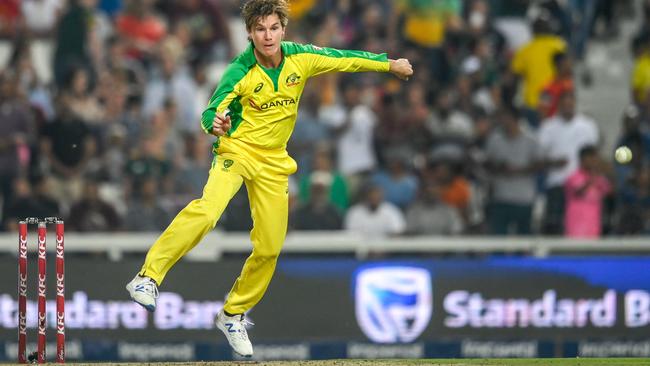
Zampa and Fawad Ahmed are CricViz’s two top-ranked spinners in Australia, but Zampa’s superior batting and fielding give him the edge overall. Additionally, Zampa is the man in possession of the spot: this is important because so close to a major tournament adjusting to Fawad would represent a major change. If Fawad’s numbers were significantly better than Zampa’s it would merit serious debate but they aren’t.
The Debates
After identifying these ‘locks’ there are then five spots in the team that remain up for grabs, some of which are easier to resolve than others: the wicket-keeper, two top six batsmen, the number seven and the third bowler.
The Wicket-Keeper
Carey v Wade v Inglis v Philippe v Dunk v Harper
Who takes the gloves for Australia is problematic.
Alex Carey has been the first choice keeper for the last two years. However, the pressure on him has been increased recently by the superb form of Matthew Wade in the BBL which saw him recalled to the team as a batsman for Australia’s series against South Africa.
Additionally, the emergence of youngsters Josh Phillipe, Josh Inglis and Sam Harper and the performances of Ben Dunk in the PSL leave Australia with plenty of options.
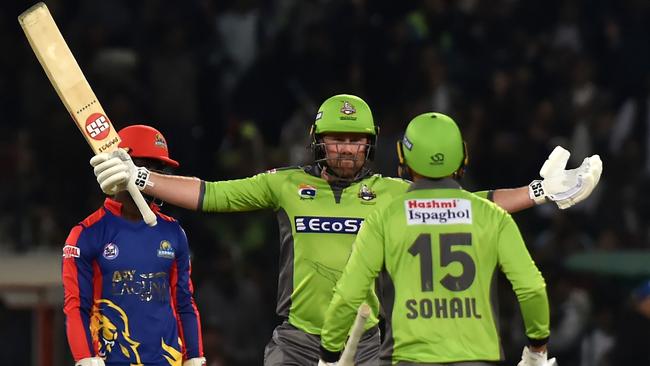
Of the six players Wade’s match impact is the best, followed by Inglis and then Carey. However, this debate is complicated by the issue of role, with both Wade and Inglis being top-order batsmen.
But with Finch and Warner locked as top order players, Australia are more in need of their keeper to be a middle-order player, which helps Carey who has batted there more often, is a strong player of spin and a fast starter - ideal traits for the role.
The Batsmen
Two of Wade v Lynn v Inglis v Dunk v Short v Smith v Turner v McDermott
One major discrepancy between the data and Australia’s current team is the identity of the two ‘other’ batsmen.
Most recently Australia have picked Steve Smith and one of Ashton Turner and Ben McDermott - based on data alone none of these three should make the team with the wicket-keeper batsmen, D’Arcy Short and Chris Lynn ahead of them.
There are, however, arguments for their selection in that Smith’s versatility, gap-finding, running and consistency make him well-suited to anchor the middle order.
Meanwhile, Turner and McDermott are two players who regularly bat in the death overs for their BBL clubs, but the same cannot be said of the keeper batsmen or Lynn.
Dan Christian and Ben Cutting are two players who bat in the death overs for their BBL teams but neither player’s numbers are good.
In an explosive batting order there is clear value in having Smith’s stabilising skill set.
Smith is also very well-suited to the large Australian boundaries and lower Indian pitches - the hosts of the next two World Cups.
The second batsman - likely to bat at number six - is harder to identify and comes down to a choice of whether Australia want to be led by role: in which case Turner and McDermott make sense, or by quality: in which case Wade, Lynn, Inglis or Short are the best picks.
Of those four, Lynn’s fast starts, power to clear fielders and pedigree in leagues around the world make him fairly well suited to number six despite his lack of exposure there.
Dunk is a left-field option but might represent the best of both worlds: he recently batted in the middle order with great success in the PSL.
The Number Seven
Agar v Short v Coulter-Nile
Number seven is often indicative of a team’s balance and this is particularly true with Australia.
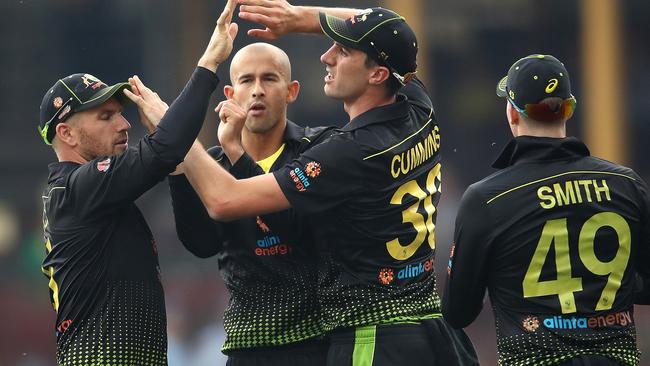
With Maxwell a decent part-time bowler in the top six, above four bowlers from eight to eleven, Australia need their number seven to at least be able to contribute some overs with the ball. But this player will also be required to bat as well.
There are three candidates for this role - none perfect but each representing a school of thought: Ashton Agar — a bowling all-rounder — is the bowling-heavy option and the man in possession; Short — a batting all-rounder — is the batting-heavy option and Nathan Coulter-Nile — again a bowling all-rounder but whose batting is better than Agar’s — is the most balanced option.
However, Coulter-Nile is not a spinner and changes Australia’s two-spinner balance which they appear to have preferred in recent times.
There is no clear option for this spot, which should be considered fluid according to opposition match-ups.
The Last Bowler
Hazlewood v Meredith v Fawad v Siddle v K Richardson v Tye v Abbott v Pattinson v J Richardson v Stanlake
The final spot in the team is for the fourth frontline bowler.
If Coulter-Nile was to fill the all-rounder spot the last bowling position could go to a spinner - of which Fawad would be the leading candidate.
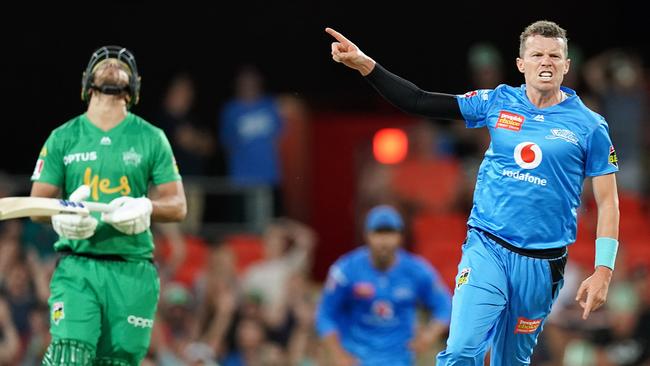
However, it is likely that a third quick will occupy the position. Josh Hazlewood’s white-ball numbers are superb but, not unlike Starc, has a very small T20 sample size. But, unlike Starc, is less proven in the format across his career.
The other bowlers in the frame are largely familiar names with Riley Meredith the only uncapped player in contention. Billy Stanlake is often in squads but his numbers are poor and if Australia want a raw quick bowler Meredith is the better option.
Overall Peter Siddle is the standout bowler from a numbers perspective and has the best case for selection.
His experience and versatility also make him an excellent player to at least have in the squad. After Siddle, Jhye Richardson is the next ranked option but his impact is given a boost by his batting.
CALLING ALL CRICKET NUFFYS:
The great Australian cricket quiz ... part 1
The great Australian cricket quiz ... part 2
The great Australian cricket quiz ... part 3
The Final XI
The current Australia XI appears not far from optimal based on the numbers.
And the main, encouraging, conclusion that can be drawn from this analysis is that Australia are not far from their optimal squad - combining data and cricket intelligence.
Positions five, six and seven are the ones that remain unclear.
But should the World Cup go ahead this year, the hosts look to be in a position to challenge for their first ever world title in the format.
